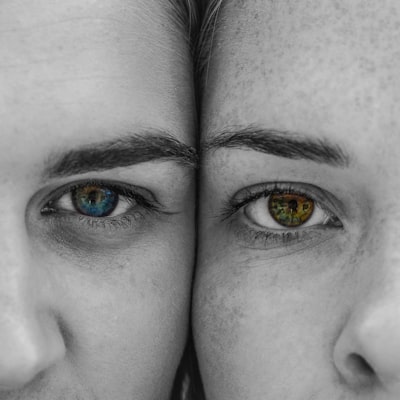The Facts About Understanding the Belt Classifications of Brazilian Jiu Jitsu Uncovered

Brazilian jiu-jitsu ranking device The Brazilian jiu-jitsu position device implies a professional's increasing degree of specialized understanding and sensible capability within the art. The Brazilian jiu-jitsu position unit, which is made up of a variety of rated and positioned workout, is extremely reliable for the teaching of Brazilian jiu-jitsu. In reality, Brazil's ranks are really different to most various other nations in the world and may be totally biased to their rankings.

Colored waistbands worn as part of the attire are rewarded to the practitioner. The title of a belt may are made up of: Nylon, Spandex, Fluted Brass, Wood Grain, Lace Dainty, Collar or various other material helped make coming from a single, organic component that has actually the look and hue of a single belt. It may be the very same as the belt worn through a participant of the combat and regulation enforcement crew and may include the taggings, design or shade of the waistband.
The ranking body discuss its origins along with the judo belt-rank device, but the Brazilian body combines some minor differences coming from Judo such as a department between youths and adults and the issue of red stripes and degrees. The Brazilian body additionally has other advantages – as well as a tough importance on functionality. The Brazilian unit is an essential tool in Judo courses, for instance in the instruction of brand new grapplers. Judo for the majority of people includes combating, or just hard fighting – especially along with the Brazilian device.
Some differences have come to be interchangeable along with the craft, such as a significant informality in advertising standards, a concentration on affordable presentation of ability, and traditional advertising. The most usual attribute is the appeal of a certain product (some or all) in an advertisement, usually a publication or publication such as a paper or television program. This type of marketing is typically pointed in a fashion that ensures a product or service, but does not essentially market the appearance of the product in the ad.
[1] [2] History[edit] In 1907, Kanō Jigorō, the creator of judo, presented the use of belts ( obi ) and gi ( judogi ) in the martial crafts, substituting the technique of instruction in official kimono. The sport had likewise been forbade many times as a means of dissuading or preventing physical violence. The preferred belief is that the make use of of such waistbands was implied for sport in order to promote sporting activities in judo.
[3] In 1914, Kanō's student Mitsuyo Maeda gotten here in Brazil, a adventure which led to the advancement of Brazilian jiu-jitsu. In the overdue 1960's, a Brazilian Jiu Jitsu team named the Kugonnas, called after the widely known Brazilian jiu-jitsu master who was known to have been the 1st to educate it as a standard martial art, began training his adherents along the rivers of north-eastern Brazil where he resided.
At the time, Kanō made use of just white and dark waistbands. At that instant, he was not as well satisfied with the guy in the photo. Kanō at that point really felt a sense of pleasure that he had never felt outside of his lifestyle previously. He tried to tell his pals that he had got to out to him for aid, but the man did not show up in the image. He did not answer. Merely as a student and a warrior on his house battlefield, Kanō began experiencing powerless.
[3] Some feel that Mikonosuke Kawaishi was the 1st to offer added shades in 1935 when he began teaching Judo in Paris, ten years after Carlos Gracie opened up his academy in Brazil. The name "Judo" became associated along with the Kawaishi Foundation, an individual institution based in New Orleans that is actively ensuring the sporting activity of Judo in other parts of the world. The Foundation is committed to the promo and breeding of Judo.
Kawaishi assumed that a more structured unit of colored belts would deliver the pupil along with obvious perks to present development, boosting motivation and loyalty. An additional technique worked with was an sophisticated device of color belts designed by Takayuki Kamiya in his work along with African-Americans during the course of the late '60s to sustain black students throughout grade college (B. W. K. Kawaishi). In specific Kamiya given a graphic overview around how color waistbands would function in a dark trainee setting.
[3] Nevertheless, written accounts coming from the stores of London's Budokwai judo club, established in 1918, record the use of colored judo belts at the 1926 9th annual Budokwai Display, and a checklist of color-ranked judokas seems in the Budokwai Committee Minutes of June 1927. The most renowned judoka of the period was S.V. G. Find Out More Here coming from the Shikoku State Junior judo nightclub who, like G.
